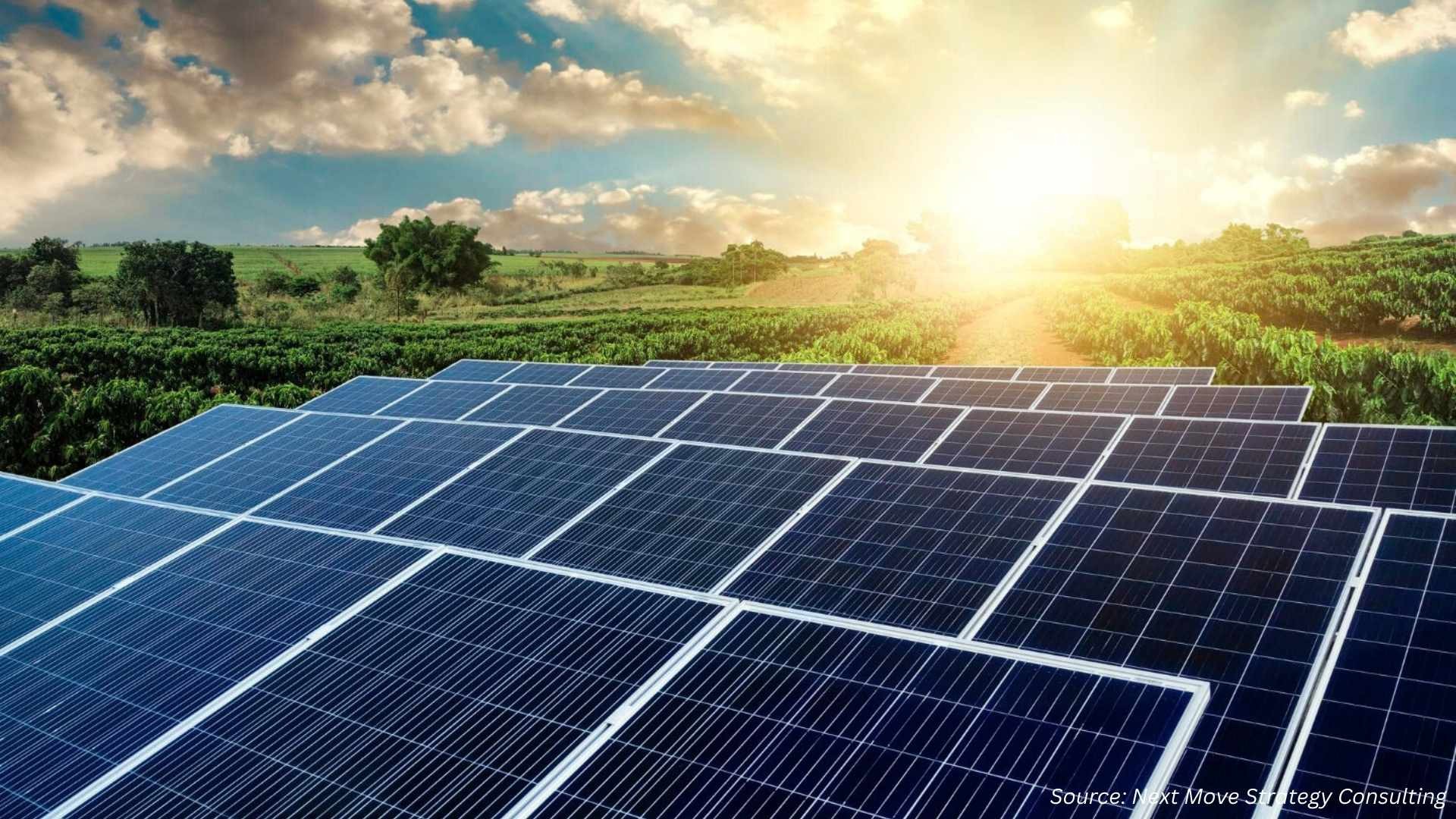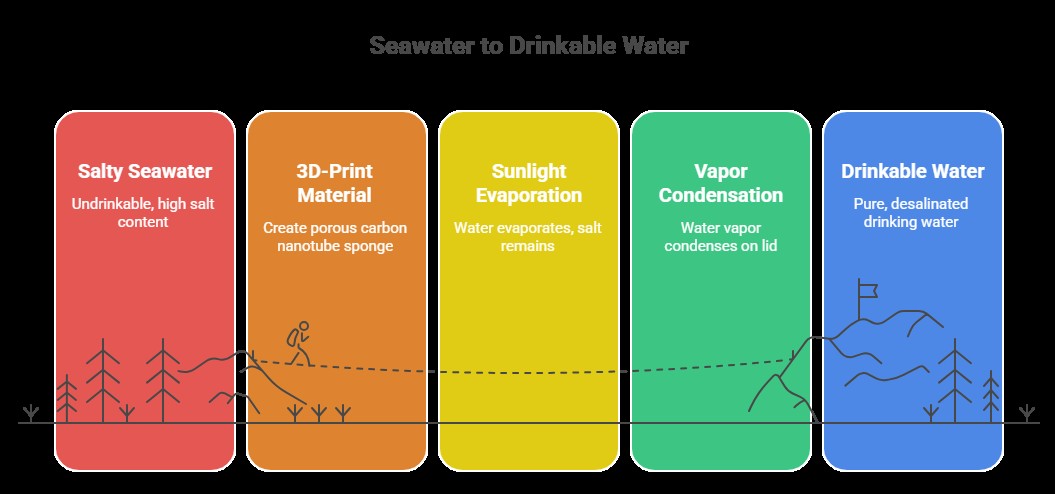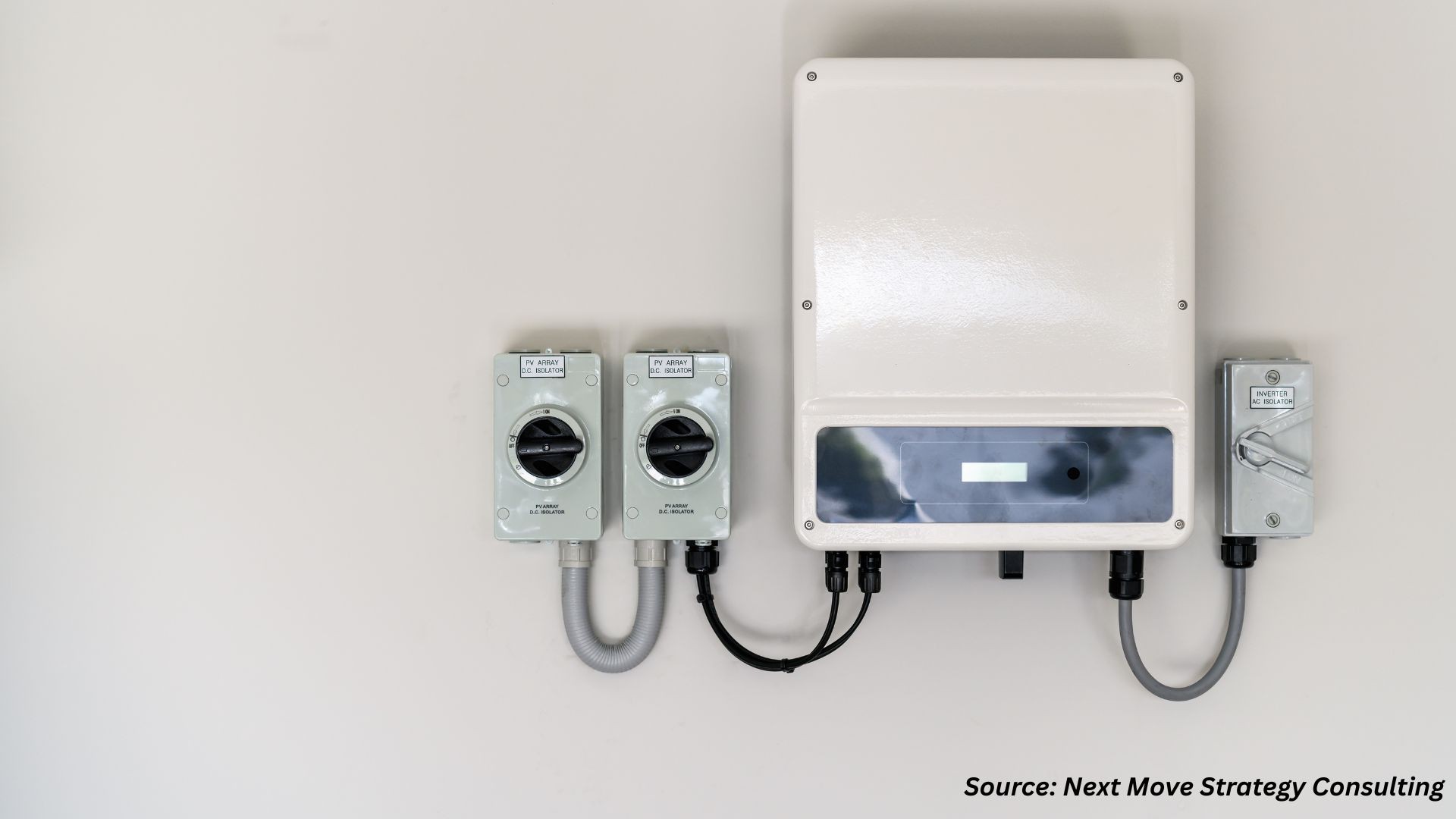Revolutionizing Chemistry with Solar-Powered Innovations
Published: 2025-11-01

In recent years, solar energy has become a cornerstone of sustainable innovation, not only powering homes and industries but also revolutionizing chemical processes. The sun-powered chemistry market is rapidly evolving, fueled by groundbreaking research in solar-driven desalination, carbon dioxide conversion, and lithium extraction. These advancements promise to reduce greenhouse gas emissions, lower energy costs, and foster environmentally friendly alternatives to traditional chemical manufacturing.
Breakthrough 3D-Printed Aerogel Offers Scalable, Solar-Driven Desalination
Researchers reporting in ACS Energy Letters have created a sponge-like material containing elongated microscopic air pockets that harness sunlight and a basic plastic cover to convert saltwater into freshwater. An outdoor proof-of-concept test demonstrated the production of drinkable water using natural sunlight, marking progress toward low-energy, sustainable desalination.
Innovative 3D-Printed Sponge Material Enables Efficient Solar-Powered Desalination
The researchers created a paste composed of carbon nanotubes and cellulose nanofibers, which they 3D-printed onto a frozen surface, letting each layer freeze before adding the next. This technique produced a sponge-like material featuring uniformly spaced tiny vertical pores approximately 20 micrometers in diameter. They tested square samples of the material ranging from 0.4 inches (1 centimeter) to about 3 inches (8 centimeters) in width and observed that the larger samples evaporated water just as efficiently as the smaller ones.
In an outdoor experiment, the researchers positioned the material inside a cup filled with seawater and covered it with a curved, transparent plastic lid. Sunlight warmed the surface of the sponge-like material, causing only the water to evaporate while leaving the salt behind. The water vapor then condensed on the plastic cover, flowing to the edges where it dripped into a funnel and collected in a container beneath the cup. After six hours of exposure to natural sunlight, the system produced approximately three tablespoons of drinkable water.
“Our aerogel enables desalination at full capacity regardless of size,” says Xi Shen, “offering a straightforward and scalable method for energy-free clean water production.”
Summary:
-
Researchers developed a sponge-like aerogel with microscopic vertical pores by 3D-printing a carbon nanotube and cellulose nanofiber paste onto a frozen surface, enabling efficient water evaporation across various sizes.
-
In outdoor tests, the aerogel, covered by a simple transparent plastic lid, used sunlight to evaporate saltwater, with the purified water vapor condensing and collecting as drinkable freshwater.
-
According to lead researcher Xi Shen, this aerogel provides a scalable, energy-free desalination solution that maintains full efficiency regardless of material size.
Breakthrough in Solar-Driven Carbon Dioxide Conversion Advances Sustainable Fuel Development
Researchers from the Department of Energy’s Lawrence Berkeley National Laboratory (Berkeley Lab), together with international collaborators, have made significant progress toward using solar energy to convert carbon dioxide into liquid fuels and valuable chemicals. In a recent article published in Nature Catalysis, the team introduced a self-contained system that produces carbon-carbon (C2) bonds by combining the catalytic properties of copper with perovskite, a material commonly used in photovoltaic solar panels. This breakthrough, building on more than two decades of research, moves the scientific community closer to mimicking the efficient productivity of natural green leaves.
Collaborative Effort Under the Liquid Sunlight Alliance (LiSA) Drives Advances in Solar Fuel Research
-
The research is part of the Liquid Sunlight Alliance (LiSA), a Fuels from Sunlight Energy Innovation Hub funded by the U.S. Department of Energy.
-
LiSA is led by Caltech in close partnership with Lawrence Berkeley National Laboratory (Berkeley Lab).
-
The alliance includes over 100 scientists from national labs such as SLAC and the National Renewable Energy Laboratory, as well as university partners including UC Irvine, UC San Diego, and the University of Oregon.
-
This multi-institutional collaboration focuses on advancing the understanding and development of technologies needed to produce liquid fuels from sunlight, carbon dioxide, and water.
-
LiSA’s efforts are accelerating progress toward sustainable solar fuel solutions through combined expertise and shared resources.
Summary:
-
Researchers at Berkeley Lab and international partners have developed a self-contained system combining copper catalysts with perovskite to convert carbon dioxide into valuable carbon-carbon (C2) liquid fuels using solar energy.
-
This advancement, published in Nature Catalysis, builds on over 20 years of research and brings scientists closer to replicating the natural efficiency of photosynthesis in green leaves.
-
The work is part of the Liquid Sunlight Alliance (LiSA), a multi-institutional initiative led by Caltech and Berkeley Lab, which unites over 100 scientists across national labs and universities to accelerate the development of solar-driven liquid fuel technologies.
Solar-Powered, Plant-Inspired Device Advances Green Lithium Extraction from Brines
A novel solar-powered device extracts lithium from brines with minimal greenhouse gas emissions. This membrane-based technology offers a more environmentally friendly approach to lithium production, meeting the growing demand for the metal in rechargeable batteries.
Plant-Inspired Floating Device Revolutionizes Sustainable Lithium Extraction
A team led by Baoxia Mi from the University of California, Berkeley, and Jia Zhu from Nanjing University in China developed a floating device inspired by how plants in salty environments extract essential ions from their surroundings. The device incorporates a hierarchically structured membrane system, consisting of distinct layers dedicated to evaporation, nanofiltration, and storage.
This design enables the device to passively extract lithium salts from saline environments more efficiently, reducing costs, energy consumption, and carbon emissions compared to traditional lithium-mining methods.
Summary:
-
Researchers from UC Berkeley and Nanjing University have developed a floating, solar-powered device that extracts lithium from brines with minimal greenhouse gas emissions.
-
The device’s hierarchically structured membrane system mimics plants’ natural ion extraction, featuring layers for evaporation, nanofiltration, and storage.
-
This passive extraction method improves efficiency while reducing costs, energy use, and carbon emissions compared to conventional lithium-mining techniques, supporting sustainable lithium production for rechargeable batteries.
Next Steps: What to Watch in the Sun-Powered Chemistry Market
-
Scale-Up and Commercialization: Transition from lab prototypes to industrial applications will be critical.
-
Policy Support: Governments can accelerate adoption through incentives for solar chemical technologies.
-
Cross-Industry Collaboration: Partnerships between energy, chemical, and battery industries can maximize impact.
-
Sustainability Metrics: Transparent reporting on environmental benefits will boost market confidence.
-
Continued Innovation: Investment in material science and catalyst development remains essential.
About the Author
 Karabi Sonowal is an experienced SEO Executive and Content Writer in digital marketing. She excels in SEO, content creation, and data-driven strategies that boost online visibility and engagement. Known for simplifying complex concepts, Karabi creates impactful content aligned with industry trends.
Karabi Sonowal is an experienced SEO Executive and Content Writer in digital marketing. She excels in SEO, content creation, and data-driven strategies that boost online visibility and engagement. Known for simplifying complex concepts, Karabi creates impactful content aligned with industry trends.
About the Reviewer
 Sanyukta Deb is a skilled Content Writer and Digital Marketing Team Leader, specializing in online visibility strategies and data-driven campaigns. She excels at creating audience-focused content that boosts brand presence and engagement, while also pursuing creative projects and design interests.
Sanyukta Deb is a skilled Content Writer and Digital Marketing Team Leader, specializing in online visibility strategies and data-driven campaigns. She excels at creating audience-focused content that boosts brand presence and engagement, while also pursuing creative projects and design interests.

















Add Comment